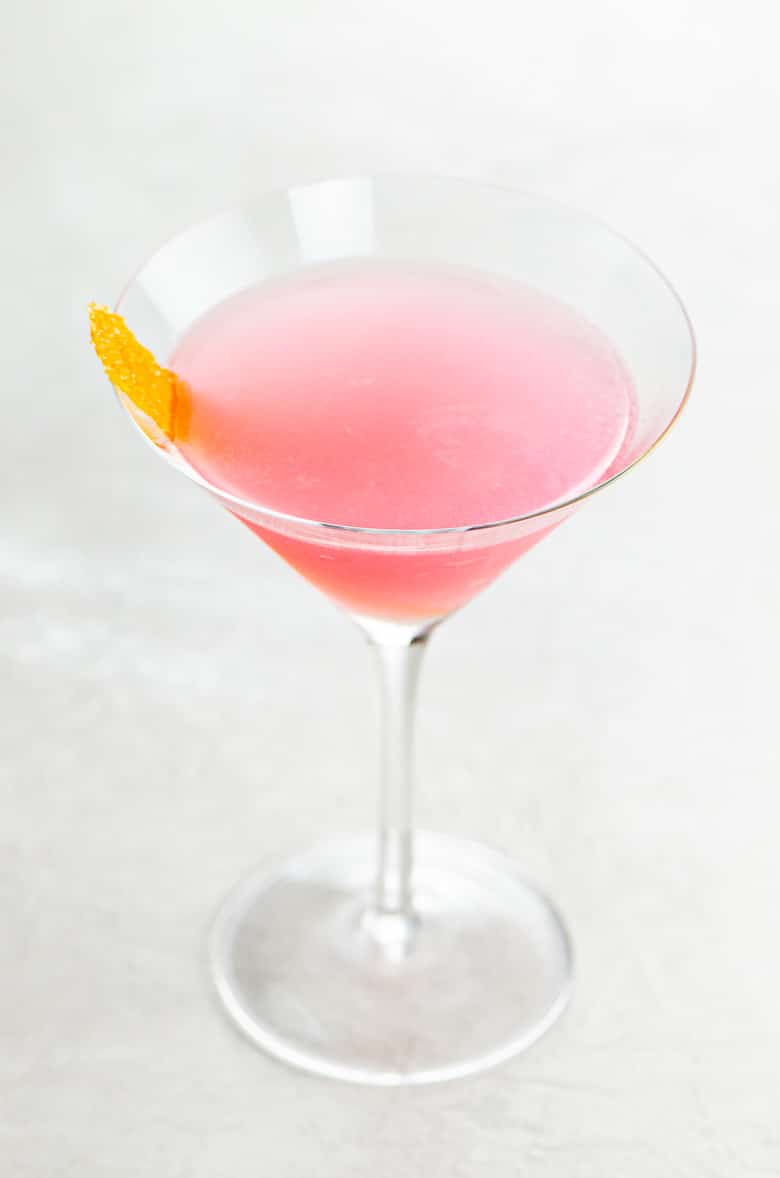


In 1998, the emergence of hit television show, Sex and The City, further cemented the Cosmopolitan’s place as a staple of American cocktail culture. Madonna is famously pictured sipping the drink at the venue after a Grammy party. By then the drink had became a favorite of the celebrity clientele of the 90s. His version included Absolut Citron, Cointreau, cranberry juice, and fresh lime juice, garnished with a flamed orange peel. He put his own spin on the recipe by swapping out Rose’s with fresh lime juice, serving the upscale mixture to the likes of Andy Warhol and Jean-Michel Basquiat.įrom there, the drink reached the city’s famous Rainbow Room by way of Dale “King Cocktail” DeGroff. In 1987, Toby Cecchini introduced the drink to The Odeon in Manhattan’s TriBeCa neighborhood. Like so many other cultural phenomena, The Cosmopolitan owes its fast rise to fame thanks to connections with New York City’s social circle. The Cosmopolitan became a trendy drink among the LGBTQ community that frequented his bar. When he relocated to San Francisco to start his own bar, he created his own version of the drink. While bartending in Provincetown, Massachusetts, during the same period, John Caine experienced locally sourced cranberry juice being used in a number of cocktails. This version of the story is often disputed, as it contradicts with another potential inventor’s account. Inspired by the magazine of the same name, Cook reportedly sought to mirror that aesthetic in a cocktail she could serve to her patrons at The Strand. This is also supposedly where the name “Cosmopolitan” comes from. In an effort to create a sweeter drink with the sophistication of a martini, Cook reportedly combined lemon-infused vodka, triple sec, Rose’s lime juice, and enough cranberry juice to make it pink. The first involves Cheryl Cook circa late 1970s South Beach, Miami. There are two possibilities for who can be credited with the creation of the modern drink: Called “The Harpoon,” the provided recipe called for an ounce each of cranberry juice and vodka with a hint of lime not too far off from the Cosmopolitan we know and enjoy today.įrom there, the story diverges. In an attempt to market their cranberry juice products to adult consumers, Ocean Spray began printing a cocktail recipe on the label of every bottle. The Cosmopolitan’s story starts in 1968 with a beverage company you might recognize-Ocean Spray. Ahead of National Cosmopolitan Day this May 7, we’re exploring the origins of the pink drink, its fast rise to fame, and how it changed what the world is drinking. Often stereotyped as a woman’s signature bar drink, the “Cosmo” has a rich-albeit short-history in cocktail culture. (imperial), 1.If you’re craving a little nostalgia, then look no further than the Cosmopolitan. Get used to these terms and measurements: Jiggers are metal measuring devices that usually have two cones, one on either end. A splash generally involves less viscous liquids such as mixers, whereas dashes are used with stronger flavorings, such as tabasco. You use them to flavor a cocktail for taste, so it’s a bit of a judgment call. Example two parts (2 shot glasses) of orange juice, and one part (1 shot) of vodka.Ī dash is bigger than a splash, but both are small amounts. For example, when the recipe calls for 1 part of ingredient A, and 2 parts of ingredient B, you use twice as much of ingredient B. Some bartenders like to weigh out their ingredients by volume, some use a jigger, while others like to eyeball the parts in a drink using a speed pourer.Ī part in is simply a relative measurement and works for single drinks and large batches. There are several ways to measure the amount of alcohol and ingredients in a cocktail. They also provide a good opportunity to experiment with new flavors and ingredients. How much alcohol should I put into my cocktails? How much soda should I add? What is a Part?Ĭocktails are a great way to enjoy a night out or a special occasion.


 0 kommentar(er)
0 kommentar(er)
